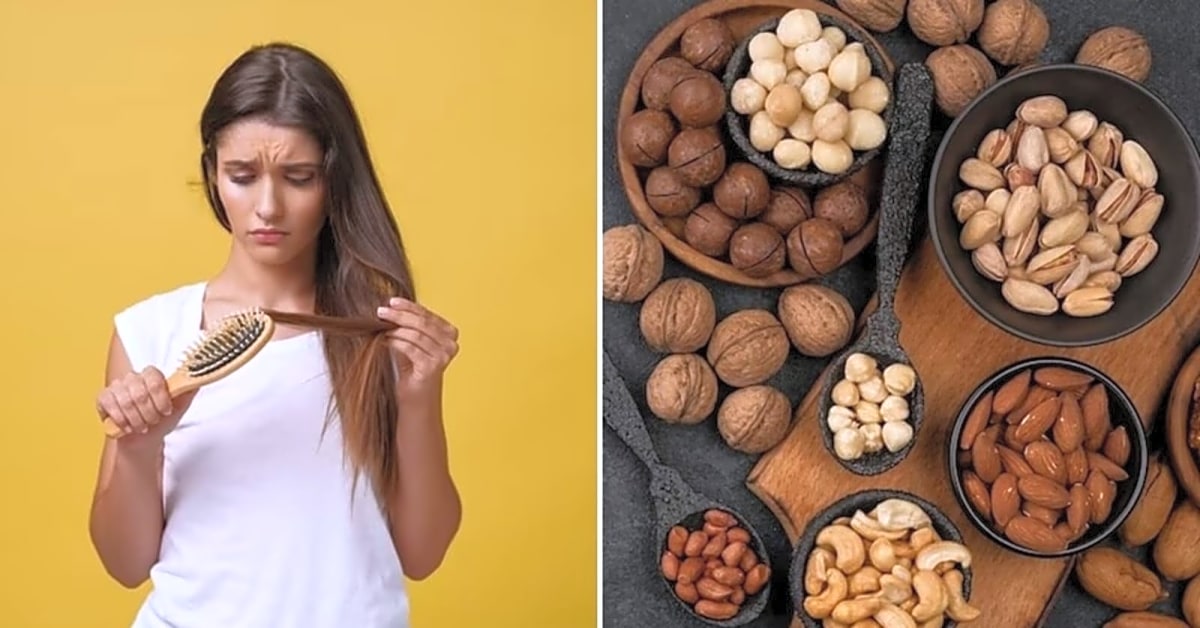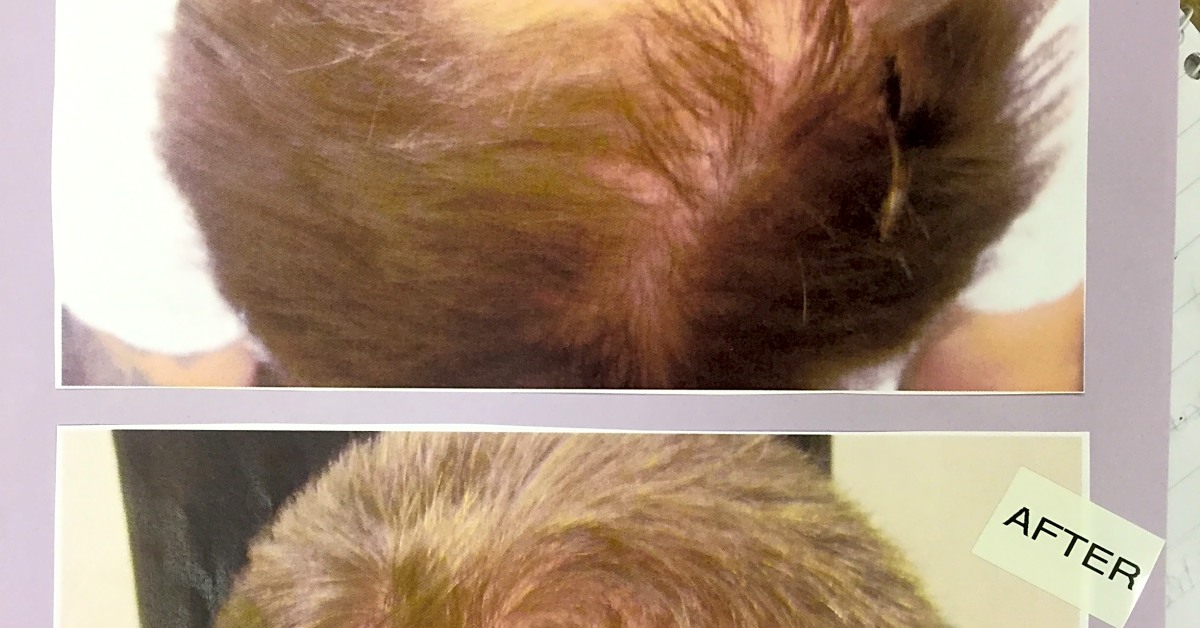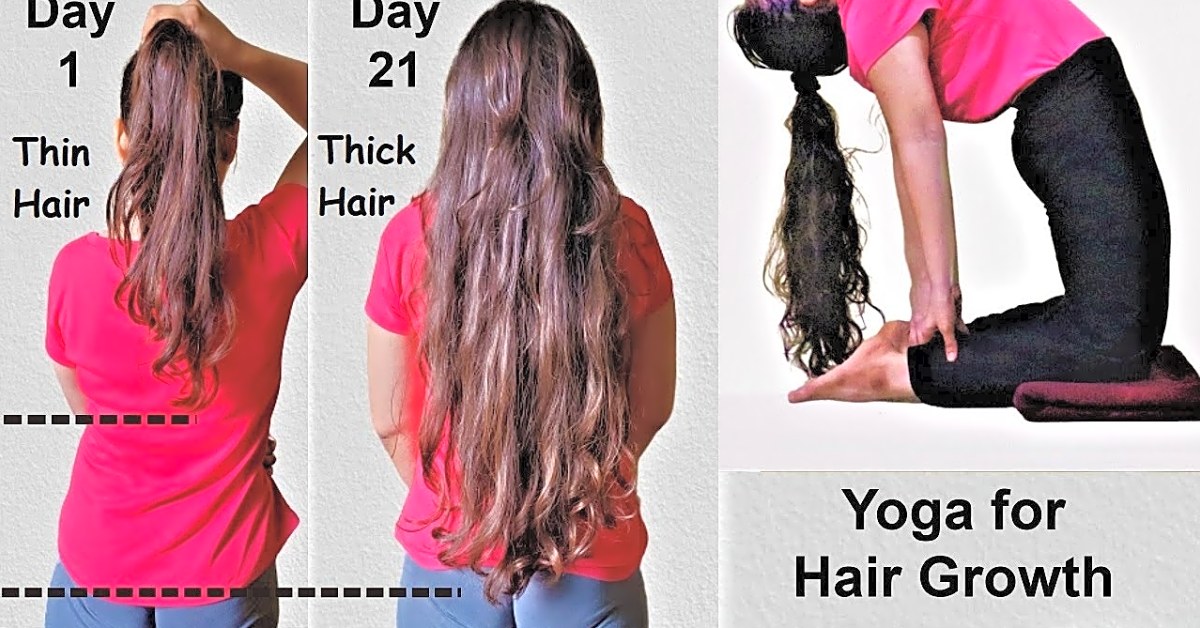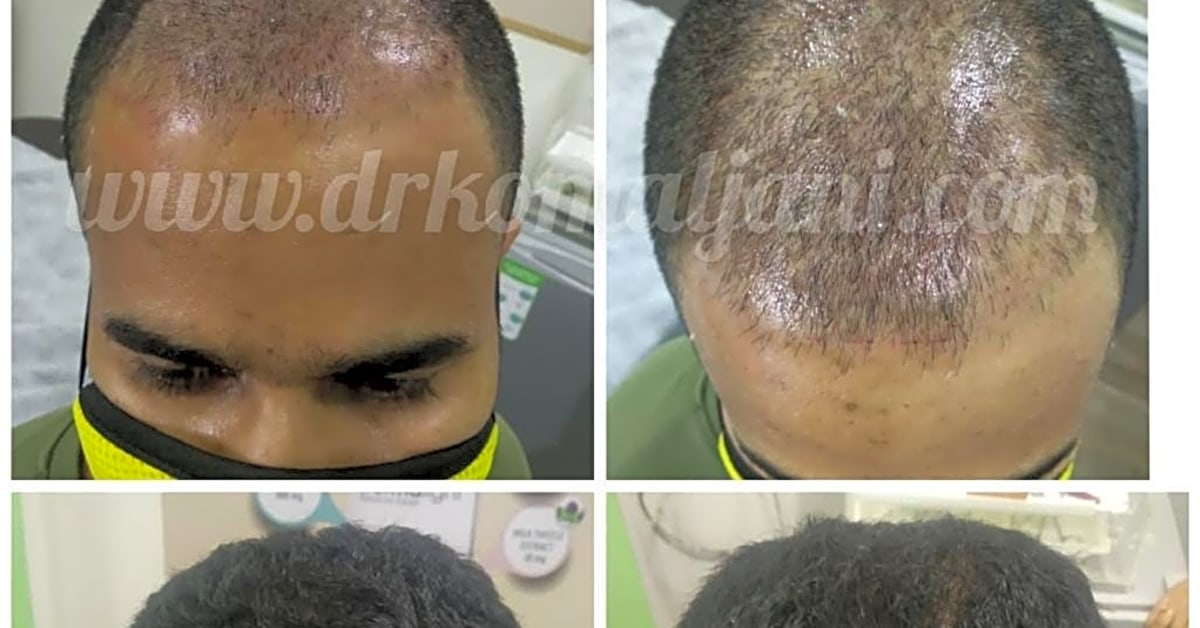Welcome to our article on hair care routine for healthy hair! Having strong and luscious locks is something that we all desire, but maintaining them can be a challenge. From pollution to stress, there are various factors that can damage our hair and lead to hair loss. However, with the right tips and techniques, you can prevent hair loss and promote hair regrowth. In this article, we will be discussing the best hair care routine for healthy hair, specifically targeting the issue of preventing hair loss. Whether you have long, short, curly, or straight hair, these tips and techniques can work wonders for all hair types. So, let’s dive in and learn how to keep our locks healthy and beautiful!
Are you worried about hair loss or thinning hair? You’re not alone. Hair loss affects millions of people, and it can be a distressing experience. The good news is that there are steps you can take to prevent hair loss and even promote hair regrowth.
Firstly, it’s important to understand the causes of hair loss. While genetics play a significant role, other factors such as stress, diet, and hormonal changes can also contribute. This means that a comprehensive approach is necessary for maintaining a healthy head of hair.
One essential aspect of a good hair care routine is regular scalp massages. Massaging the scalp stimulates blood flow, which helps to nourish the hair follicles and promote healthy hair growth. You can do this yourself or visit a professional for a scalp massage.
In addition to scalp massages, diet also plays a crucial role in maintaining healthy hair. A balanced and nutritious diet is essential for providing the necessary vitamins and minerals for hair growth. Make sure to include plenty of protein, iron, and omega-3 fatty acids in your meals, as these are all vital for healthy hair.
Managing stress levels is another important factor in preventing hair loss. When we are stressed, our bodies produce more cortisol, which can have a negative impact on hair growth. To combat this, incorporate relaxation techniques such as meditation or yoga into your daily routine.
In conclusion, establishing a good hair care routine is essential for preventing hair loss and promoting hair regrowth. By addressing underlying issues such as stress, diet, and blood flow, you can help keep your locks healthy and strong. Remember to also consult with a healthcare professional if you are experiencing excessive hair loss or thinning hair.
Managing Stress for Hair Health
Stress can lead to hair loss, so it’s essential to find ways to manage it. Here are some tips:
- Exercise regularly – Physical activity can help reduce stress levels and promote hair growth. Aim for at least 30 minutes of exercise each day.
- Meditate – Meditation can help calm the mind and reduce stress. Find a quiet place and try to focus on your breath for a few minutes each day.
- Get enough sleep – Lack of sleep can contribute to stress and impact hair health. Make sure to get 7-9 hours of quality sleep each night.
- Practice self-care – Take time for yourself to do activities that you enjoy, such as reading, listening to music, or taking a relaxing bath.
- Talk to a therapist – If you are struggling with stress, talking to a therapist can help you identify triggers and develop coping strategies.
Diet for Healthy Hair
A healthy diet is crucial for maintaining strong and healthy hair. Your hair needs proper nutrition to grow and stay strong. Here are some key nutrients to incorporate into your meals:
Protein: Hair is primarily made of protein, so it’s important to ensure you are getting enough in your diet. Some great sources of protein for hair health include lean meats, fish, eggs, beans, and nuts.
Vitamin A: This vitamin helps produce sebum, which is an oily substance that helps keep your scalp moisturized. Good sources of vitamin A include sweet potatoes, carrots, spinach, and kale.
Vitamin C: This vitamin is essential for the production of collagen, which is important for hair growth and strength. Citrus fruits, bell peppers, and strawberries are all great sources of vitamin C.
Vitamin E: Like vitamin C, vitamin E also helps produce collagen. It also has antioxidant properties that can protect your hair from damage. Foods rich in vitamin E include avocado, almonds, and sunflower seeds.
Biotin: Biotin is a B vitamin that is essential for hair growth and health. You can find biotin in foods like eggs, salmon, and avocados.
Iron: Iron helps transport oxygen to your hair follicles, promoting healthy hair growth. Good sources of iron include lean meats, beans, and leafy greens.
Treatments and Products for Hair Regrowth
There are various treatments and products available that claim to promote hair regrowth. Some popular options include:
- Topical treatments: These include over-the-counter products such as minoxidil, which is applied directly to the scalp to stimulate hair growth.
- Prescription medications: Finasteride and dutasteride are FDA-approved medications for hair loss in men. They work by blocking the production of DHT, a hormone that causes hair follicles to shrink and eventually stop producing hair.
- Laser therapy: Low-level laser therapy (LLLT) is a non-invasive treatment that uses light energy to stimulate hair follicles and promote growth. This can be done at home or in a professional setting.
- Nutritional supplements: Certain vitamins and minerals, such as biotin, zinc, and iron, are essential for healthy hair growth. Taking supplements that contain these nutrients may help with hair regrowth.
- Hair transplant surgery: For those with advanced hair loss, hair transplant surgery can be an option. This involves taking healthy hair follicles from one part of the scalp and transplanting them to areas where hair is thinning or balding.
Male and Female Hair Loss
Hair loss is a common concern for both men and women, but the causes and treatment options can vary greatly between genders. While hair loss is often associated with aging, it can also be caused by a variety of factors such as genetics, hormonal changes, and certain medical conditions.
For men, the most common cause of hair loss is male pattern baldness, also known as androgenetic alopecia. This condition is hereditary and typically begins with a receding hairline and thinning at the crown of the head. Women, on the other hand, may experience hair loss due to hormonal changes during pregnancy or menopause, as well as conditions such as polycystic ovary syndrome (PCOS) and thyroid disorders.
When it comes to treating hair loss in men and women, there are several options available. For men with male pattern baldness, medications like finasteride and minoxidil can help slow down hair loss and even stimulate regrowth. Women may also benefit from these medications, as well as hormone therapy and topical treatments.
Regardless of gender, maintaining a healthy hair care routine is crucial for preventing hair loss. This includes using gentle products, avoiding harsh chemicals and heat styling tools, and following a balanced diet rich in vitamins and minerals that promote healthy hair growth. Regular scalp massages and reducing stress levels can also help improve blood flow to the scalp and promote hair growth.
Scalp Massages for Hair Growth
Scalp massages are a great way to improve blood flow and promote healthy hair growth. By gently massaging your scalp, you can help increase circulation, which in turn nourishes the hair follicles and encourages growth. Here’s how to give yourself a relaxing and beneficial scalp massage:
Step 1: Start by using your fingertips to gently massage your scalp in circular motions, starting at the front of your head and working towards the back. Be sure to cover the entire scalp, including the sides and back of your head. This will help stimulate blood flow and loosen any tension in the scalp.
Step 2: Next, use your fingertips to gently knead your scalp in small circular motions. This will help further increase circulation and relax the muscles in the scalp.
Step 3: For an extra boost, you can use a few drops of essential oils, such as rosemary or peppermint, on your fingertips while massaging. These oils have been known to promote hair growth and provide a calming aroma.
Step 4: Continue massaging for 5-10 minutes, or until your scalp feels relaxed and rejuvenated. You can do this once a day or a few times a week, depending on your preference.
A regular scalp massage can not only promote hair growth but also relieve stress and tension. It’s a simple and effective addition to any hair care routine for healthy hair.
By following these tips and techniques, you can maintain a healthy hair care routine and prevent hair loss. Remember that everyone’s hair is unique, so it may take some trial and error to find what works best for you. Consult with a dermatologist or trichologist for personalized advice and recommendations.







